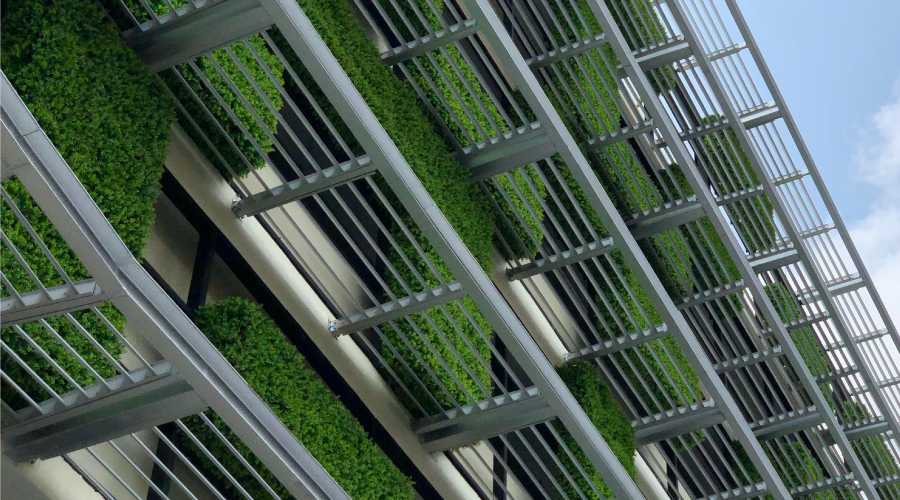Wet Insulation Decreases a Building's R-Value, Thermal Efficiency
Moisture within building-envelope components, such as insulation, leads to premature deterioration of the material. It also decreases the R-value and thermal efficiency of the overall building. Moisture can reach building-envelope components in many ways, including condensation and direct water leaks through the building envelope.
Due to budget constraints and the out-of-sight, out-of-mind mentality many organizations possess, roofs are one of the most commonly neglected envelope components. But roofs are important for thermal efficiency and preventing moisture from entering the building.
Moisture in insulation significantly decreases the roof’s R-value. Condensation within the roof section or bulk water migrating below the membrane can be the cause of the moisture. Some roofs leak due to age and lack of maintenance, but improper or unreliable detailing typically leads to the majority of water migrating below the membrane.
Related Topics:















